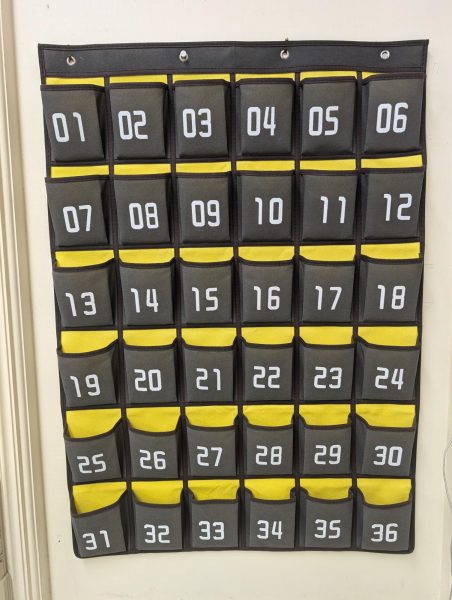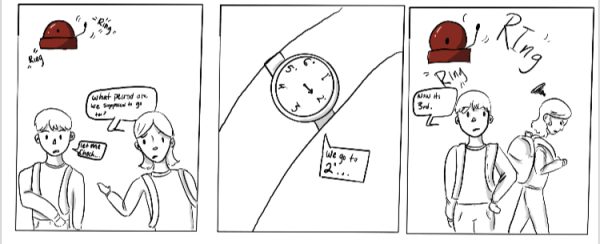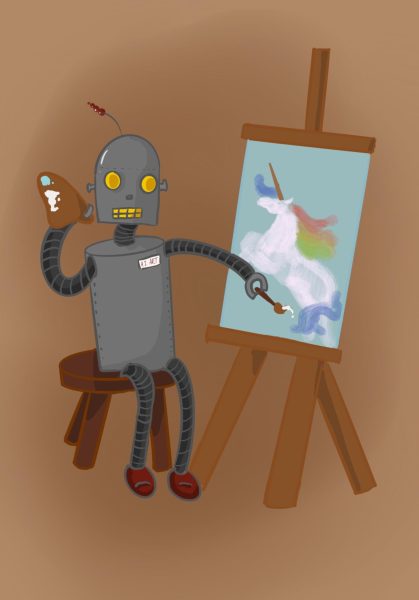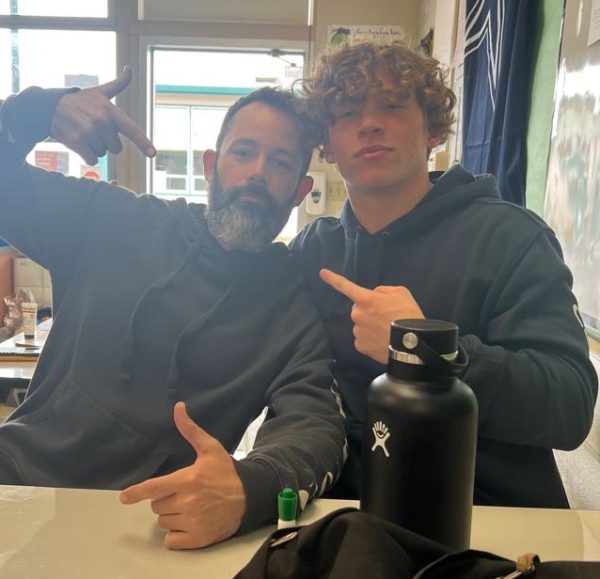The New Face Of Congress Is Wearing Red Lipstick
A wave of blue, or, more accurately, a rainbow—“the typical sea of men’s suit jackets… balanced by pops of green, blue and white worn by women,” as described by The Washington Post—has swept the House.
The 116th Congress is composed of a new generation of diverse women. According to The Washington Post, when [Nancy Pelosi] arrived on Capitol Hill in 1987, there were 23 female members.” Now, the House boasts over 100 new women to join its ranks of representatives: the most women in the history of our government.
Even more enlightening, unlike the White, middle-class woman, Elle Magazine writes that these congresswomen are “young, lesbian and bisexual, women of color, immigrants. Women who clap back to haters on Twitter. Women who can’t afford their rent until their new job starts.” This surge of female misfits will change the dynamics of the Capitol for generations to come: we will now see more non-conformist, working-class, queer, immigrant, young, diverse individuals participating in politics across the United States.
At the National LGBTQ Creating Change conference in Detroit, Rep. Rashida Tlaib, one of the two first Muslim women of Congress, emphasized that she wants not only a House that looks different but “a Congress that feels differently, that talks to people differently.”
What could this mean for high school students across the country? The youth voice will finally be heard in D.C.. Students of color will no longer be represented by 70-year-old White men; instead, people who are actual minorities will represent the minority voice. This change will make politics more accessible for newer, broader groups of people.
The young, promising congresswomen reveal a changing population—a new America which revels in an age of social media, the Internet, and diversity. One such politician, Rep. Alexandria Ocasio-Cortez (AOC), epitomizes this new Congress as, according to BBC UK, she “is the youngest woman ever to win a seat in Congress.”
Proving to be one of the most controversial and talked-about House members—from moderate Democrats who fear her far-left politics to Republicans who exonerate her ‘ghettoness’ —AOC is gaining political momentum as “The Social Media Politician,” named by The Daily Princetonian. For young women of color, she is relatable with tweets like, “don’t hate me cause you ain’t me, fellas” and her red lips and hoops, making AOC one of the most non-traditional politicians in history.
Another politician, Rep. Cynthia McKinney, Georgia’s first Black female representative, showed up to her first day at the Capitol in “gold sneakers, slacks, braided hair and a Mickey Mouse watch,” according to The New York Times. For the first time ever, “there was a line to get in [to the women’s bathroom],” emphasizes The Washington Post.
Even the smallest of changes, like the seemingly trivial bathroom line, marks a new Capitol Hill with changing faces and ideologies.
Within the first two weeks, the freshwomen have already marked their territory: “The Democratic leadership’s decision to revive the House Select Committee on Climate Change, for example, is a direct response to [AOC’s] push for the ‘Green New Deal’,” writes NBC News Think.
Never before has the House been so fluid and new. Reinvention is sure to continue, and, just like any other aspect of American life, politicians are being forced to adapt to a rapidly evolving world. These female ‘movers-and-shakers’ are sure to hold old-timer representatives accountable for creating political stasis. This new age of women will forever mark the face of U.S. government.






